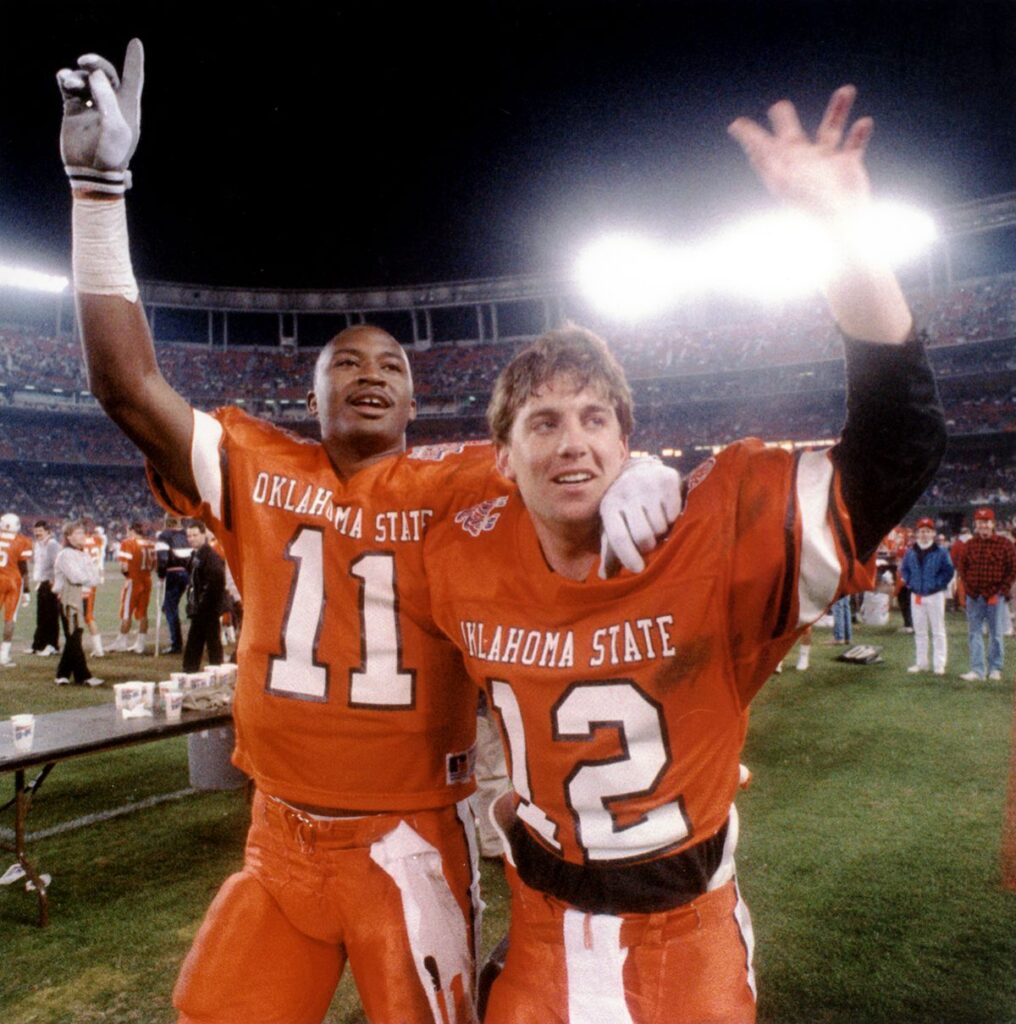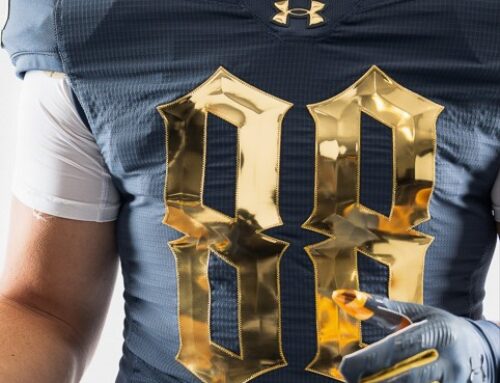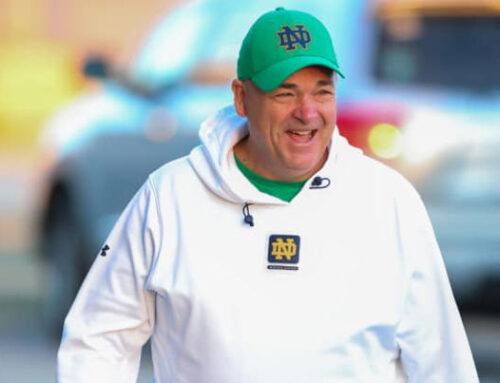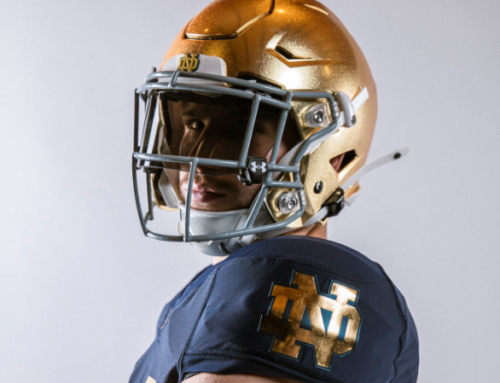If Barry Sanders isn’t considered the greatest college football player of all-time his 1988 Heisman-winning campaign may be the single greatest season in the history of the sport. For the record, ESPN ranked Sanders merely the 9th best player in college history during their celebration of the 150th anniversary of the game a year ago. The sport has been played for a heck of a long time with a lot of outstanding players but that seems low to me.
However, Sanders famously sat behind Thurman Thomas at Oklahoma State for 2 seasons before the future Hall of Famer was selected in the 2nd round by the Buffalo Bills. When it finally became Barry’s offense it was straight OVER for the Big 8 conference. Nearly 35 years later, his stats still don’t even seem real:
2,628 rushing yards in 11 games. In the playoff era when a team can play 15 games this record still stands. Melvin Gordon (Wisconsin, 2014 in 14 games) and Kevin Smith (UCF, 2007 in 14 games) are the only other player’s to come within 100 yards of Sanders’ record.
Thirty-seven rushing touchdowns. 37!!!
A rushing average of 7.6 yards per carry so it wasn’t just some super-human 400+ carry rushing season where he always touched the ball and somehow never got hurt.
The NCAA actually doesn’t count his post-season stats so if you include Oklahoma State’s bowl game then Sanders gained 2,850 yards and 44 total touchdowns.
To compare, this 1988 season alone would put Sanders 7th all-time in career rushing at Notre Dame and his 42 rushing touchdowns would rank 3rd all-time for the Irish. Imagine the 2017 Josh Adams season, except twice as many yards and nearly 5 times as many touchdowns.
Sanders featured four games of at least 300 rushing yards and 6 straight games to end the season with at least 200 rushing yards.
Barry Sanders’ best game of the season in terms of rushing yardage came in the regular season finale against Texas Tech, a game played in Tokyo. Merely nine hours before kickoff, Sanders was awarded the Heisman Trophy via satellite from New York City.
With future Cowboys head coach Mike Gundy at quarterback it was perhaps the birth of what would become the Big 12 conference we know today. Oklahoma State wanted the regular season finale moved to Tokyo, paid Texas Tech $50,000 to do so, and they all packed into one plane with the Miami Dolphins Cheerleaders and the Grambling Band on their way to Japan.
Some highlights from the flashback video embedded above:
This was the first-ever football game inside the Tokyo Dome. Notre Dame’s game against Miami in 1979 was played in Tokyo but inside the old Korakuen Stadium that was demolished in 1987 and adjacent to where the Tokyo Dome was built.
Barry Sanders was woken up at 5 AM on game day and put in a limo with his linemen to get to a TV station with a satellite for the Heisman ceremony.
The Japanese crowd had little idea how to cheer during the game, they didn’t have a play-clock visible to the players, and they didn’t make accommodations at first for coaches to be up in the booth.
When the team’s came out to stretch for pre-game warmups the Japanese media swarmed the field to take photos of the players.
Gundy references how potent this Oklahoma State offense was without a ton of plays and lack of no-huddle. They scored 584 points on the season for 48.7 points per game and totaled 5,667 yards on 803 plays for 7.05 yards per play. They ran 61.7 plays per game which is nearly 11 fewer per game than Notre Dame in 2020, for reference.
A 40 year-old Larry Coker was the offensive coordinator for the Cowboys! I tried so hard to find a picture of him back in the 1980’s and came up short. I didn’t realize Coker was the OC for Oklahoma State for 7 years and then jumped to Oklahoma for 3 years. Awkward.
Does anyone remember receiver Hart Lee Dykes? He hauled in 74 catches for 1,278 yards and 14 touchdowns shattering school records alongside teammate Barry Sanders. Dykes became the 16th overall pick in the 1989 NFL Draft by New England (the first receiver off the board) but left behind a trail of bad feelings for an NCAA investigation that Oklahoma State won a bidding war for his services resulting in sanctions and a long bowl ban for his school. Dykes would total 83 catches in 2 seasons for the Patriots but could never come back from an ACL injury ahead of the 1991 season.

Dykes & Gundy during their 1988 bowl game.
During the game: Texas Tech led 21-17 at the half. Oklahoma State rushed for 433 yards, Tech threw for 446 yards. They combined for 63 first downs. There were only 5 total punts. Sanders would carry the ball 44 times for 332 yards and 4 touchdowns in a 45-42 victory.
I thought the resume of Oklahoma State head coach Pat Jones was bizarre. He was an assistant at 3 schools for 4 years, came to Stillwater as an assistant for 5 years, became the head coach for 11 seasons, then became the tight end coach for the Miami Dolphins for 8 years, the tight end coach for the Raiders for 3 years, and is now a sports radio personality in Oklahoma City. It’s not often you see a guy only grab one head coaching job in college.
You may recall, the 1988 season was a big one for Notre Dame winning the school’s most recent National Championship. Oklahoma State fell 63-42 to eventual Big 8 champion Nebraska and lost Bedlam by 3 points to the Sooners during the regular season.
For their efforts, the Cowboys were lined up against another set of Cowboys, the Wyoming variety, in their bowl game. The WAC champions were no match for Barry Sanders. At this Holiday Bowl in San Diego, Sanders gained 222 yards and scored 5 touchdowns in the first 3 quarters during a 62-14 laugher.





I never knew Sanders backed up Thurman Thomas. Best backfield ever? 27,000 total career NFL yards.
2nd best behind Armando Allen and Robert Hughes.
I can count all of their combined Super Bowl rings on my tail.